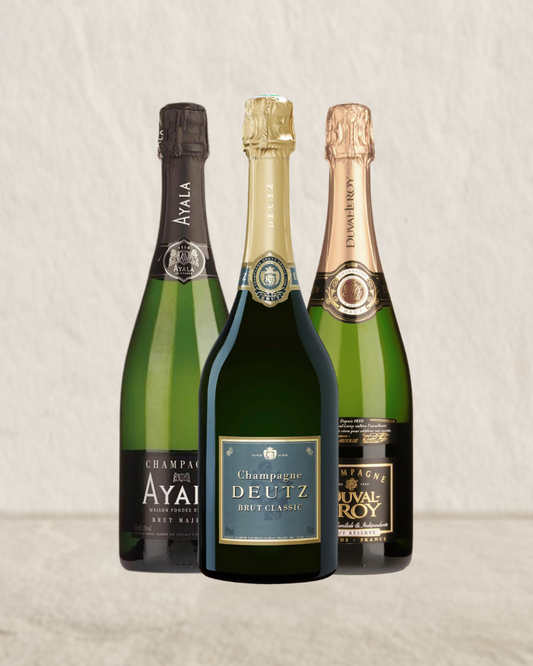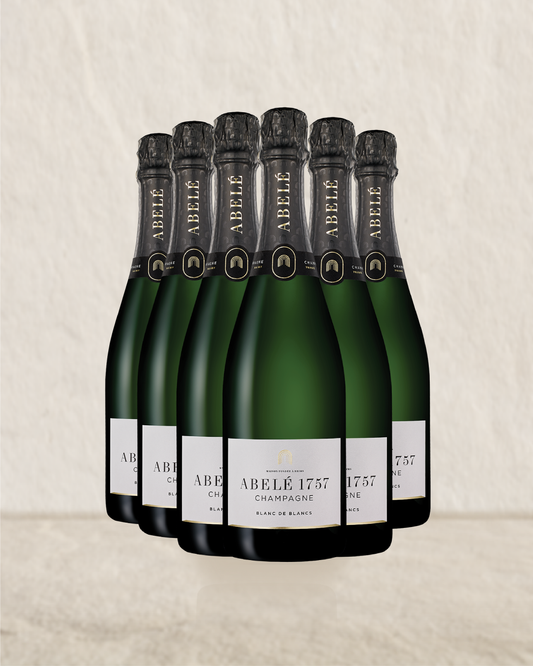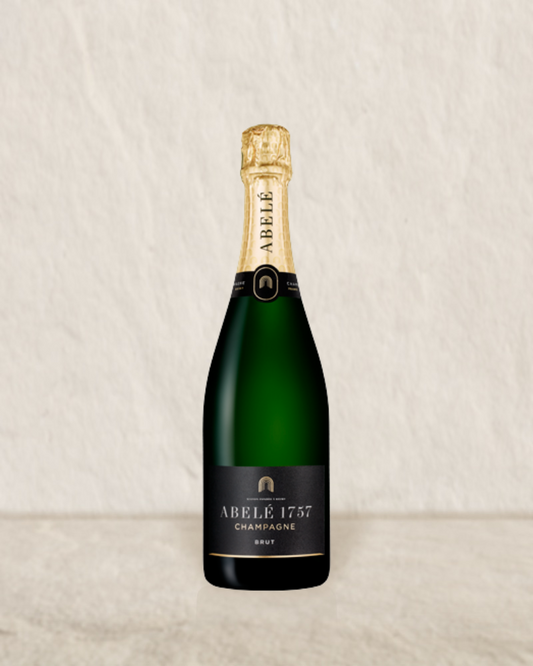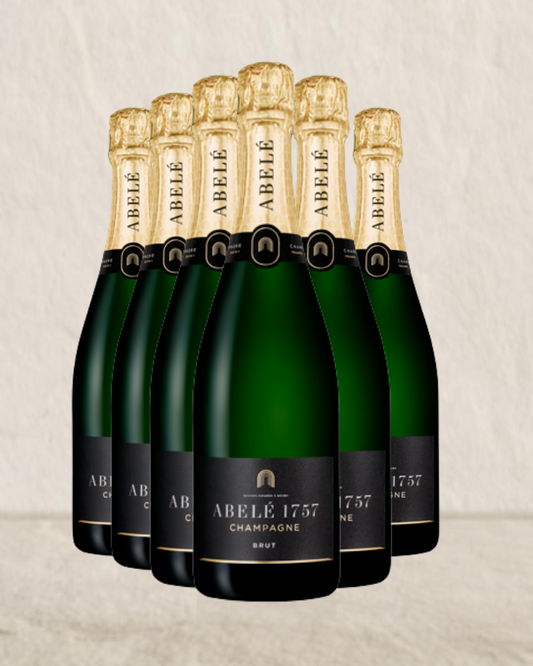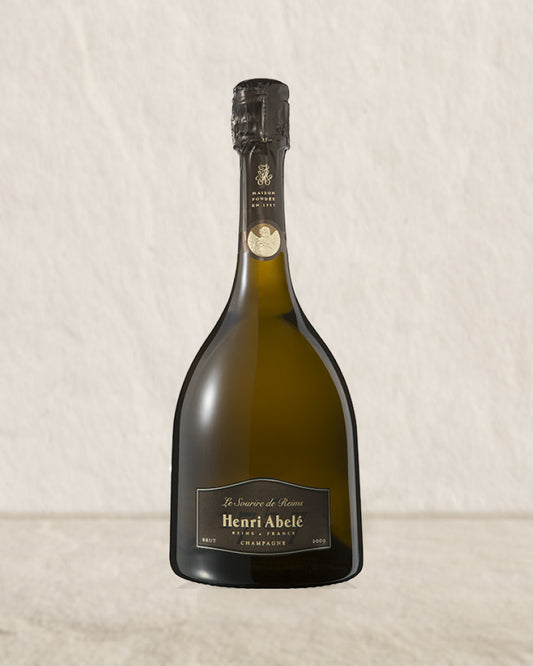Throughout Champagnes history a number of villages have always stood out because of the quality of their wines. For some, they were even more famous than Champagne itself. The wines of Ay, Bouzy, Sillery and Cramant were long sought after by connoisseurs and kings. When the echelle des crus system was set up, these villages became the Grand Crus of Champagne.
The echelle system was established in 1919. Growers and merchants created a ranking which by and large still holds true today. The echelle system grades villages on a sliding scale with the 17 grand crus receiving 100%, the next level rates the 43 premier crus at between 90 and 99% on the scale, all down to the Aube which received only an 80% rating.
The purpose of the system was to set grape prices in any given year, with grand crus receiving 100% , the premiers between 90-99% etc. the higher the rating the more the houses had to pay for the grapes.Until 1990, the official recommended price for grapes was set each year in the Autumn by the C.I.V.C. after consultation with the growers, houses, and negociants. After being unable to reach an agreement and the collapse of the former contract system, a ‘free market’ system is now in place (which is unlikely to change due to European Union government officials). As Champagne is almost planted to capacity, and shipments becoming perilously close to production figures- the need for access to grapes will become one of the biggest issues facing the Champenois in the future.
The ratings are partially a throwback to the ill will between the Marne and the Aube at the turn f the century, and is overdue for a reclassification.
For example the village of Montgueux in the Cote des Bars has some of the most sought after Chardonnay anywhere, yet is rated at only 80%. Modern viticulture has also risen the quality of fruit across all regions, and if there were to be a review it shall be interesting to see if old prejudices remain.

